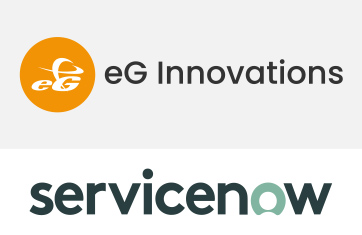ITSM
What is IT service management (ITSM)?
IT Service Management (ITSM) is one of the most impactful and important aspects of your IT strategy. However, while many people may have heard of ITSM, unless you are directly involved with the associated processes, you might be uncertain about precisely what it is or what perks it provides. So let us start with the basics: what is ITSM exactly?
ITSM includes the processes, activities, and guidelines that your IT team uses to optimize IT services for your business needs. It is the structured approach that aligns IT services with the company’s goals and needs, thereby enabling you to achieve more.
Key functionalities of ITSM solutions
First, we answered the question, “What is ITSM?” Now, let’s dive deeper into the concept’s functionalities. Here’s a quick rundown of the type of management tasks that ITSM processes and software are frequently required to execute and track:
Cumulatively, each of these functionalities represents a lever that you can manipulate to improve the ROI of IT investments, maximize productivity, and achieve business goals.
Why is ITSM important?
Part of answering the “What is ITSM?” question involves highlighting this strategy’s importance. ITSM stands out as a cornerstone of business operation. It’s essential because it directly influences how effectively IT can support business goals and how quickly your organization is able to adapt to changes. Without ITSM, your business would struggle to manage risk, stay competitive, or keep pace with the technological advancements that drive modern business forward. Therefore, you should never view ITSM as an afterthought but instead as an integral component of your business planning processes.
Benefits of ITSM for IT
The benefits of ITSM for IT organizations are numerous. Some of the top benefits of ITSM that you can take advantage of include:
As you can see, ITSM is the key to getting more out of your IT assets. Not only will it help empower your staff, but it will assist you in achieving your business goals. A great ITSM strategy requires a holistic approach, the right tools and technologies, and organization-wide commitment. When you achieve IT synergy, every stakeholder benefits.
How does ITSM differ from ITIL?
The difference between ITSM and ITIL is analogous to the relationship between Agile and Scrum. While ITSM (or Agile) is a methodology, ITIL (or Scrum) is a framework for implementing that methodology.
IT Service Management (ITSM) is a comprehensive approach covering practices, policies, and processes for designing, implementing, delivering, managing, and improving IT services. It encompasses the entire spectrum of managing IT services, including processes, people, technology, and information. ITSM is a flexible and adaptable concept that can be customized to suit an organization's specific needs.
On the other hand, Information Technology Infrastructure Library (ITIL) is a specific framework within the ITSM domain. It provides a set of best practices and guidelines for IT service management, focusing on defining processes, roles, and functions. ITIL is a more structured and prescriptive implementation of ITSM principles. It is widely adopted in the IT industry and is part of the broader ITSM framework.
The history of ITIL and ITIL certification
ITIL, or Information Technology Infrastructure Library, originated in the 1980s in the UK as a response to the need for standardized IT service management practices. It evolved through versions like ITIL v1, v2, and v3, with each iteration refining and expanding the framework. In 2019, ITIL 4 was released, emphasizing a holistic approach to service management and integrating modern practices like Agile and DevOps. Throughout its history, ITIL has become a globally recognized standard for IT service management, adapting to industry changes and aiming to enhance service delivery and efficiency.
Because ITIL is a specific framework with associated implementation constraints it is possible to undergo training and certification and those executing ITSM strategies are often ITIL certified practitioners. Information on ITL certification is widely available, see:
Note: There is no formal independent third-party compliance assessment available to demonstrate ITIL compliance in an organization. Certification in ITIL is only available to individuals and not organizations.
Monitoring tools within ITIL v4 and ITSM strategies
Monitoring tools are vital in ITIL v4 for proactive incident detection, event management, and assessing performance and capacity. They contribute to availability and problem management by identifying recurring issues, support change management by assessing potential impacts, and aid in service level management by measuring key performance indicators. Additionally, monitoring tools play a key role in continuous improvement initiatives by providing data for analyzing and enhancing IT services and processes over time.







